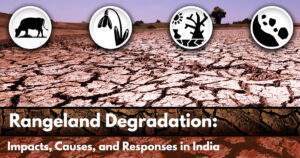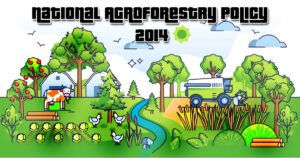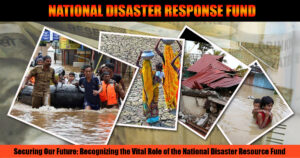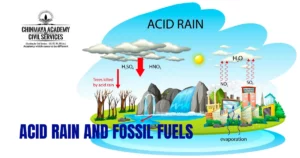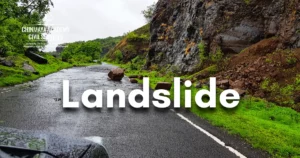Skip to content
Rangeland Degradation: Impacts, Causes, and Responses in India
Lakshadweep coral reefs undergoing severe bleaching
Carbon Farming, Climate Change & Sustainable Agriculture
Indo-Pacific Economic Framework (IPEF)
Stubble Burning in India & its Alternatives to fight Pollution
Green Credits and Environmental Sustainability in India
The National Clean Air Programme (NCAP)
Prevention of Cruelty to Animals Act 1960
Medicanes: Mediterranean Hurricanes
Heat Waves in India: A Burning Challenge
National Agroforestry Policy 2014
Securing Our Future: Recognizing the Vital Role of the National Disaster Resource Fund
Promoting Global Security and Peace: The Multifaceted Mandate and Initiatives of UNODA
Acid rain and Fossil Fuels
